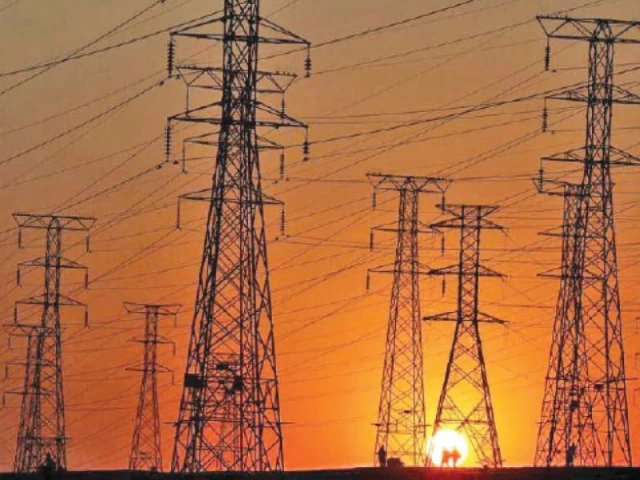Revised IGCEP saves $17b: Power Division
New plan cuts 7,000MW projects; stresses transparency, affordability and reliance on local resources

The Ministry of Energy (Power Division) has said that the revised Indicative Generation Capacity Expansion Plan (IGCEP) has achieved an estimated $17 billion in savings by cutting about 7,000 megawatts (MW) of committed projects.
Compared to earlier plans, the revised IGCEP secures $17 billion in savings by excluding around 7,000 MW of projects from the previous version. This translates into prevention of a Rs4.96 per unit (kWh) increase in future power costs, according to the Power Division. The ministry said candidate projects have been selected on the basis of least-cost optimisation, with the central aim of providing reliable and affordable electricity to the public.
Responding to criticism from the All Pakistan Textile Mills Association (APTMA), a Power Division spokesperson described its comments on IGCEP as "flawed and devoid of complete visibility of facts and data." He said the ministry welcomed open debate and constructive criticism, as transparency is essential for improving the system.
However, he added, some claims did not reflect the facts and may create a wrong impression about how future planning of the power system is being carried out.
The spokesperson said IGCEP 2025-2035 marks a major shift in Pakistan's power planning, with focus on affordability, transparency, and long-term sustainability.
On the critique of demand forecasts utilised in the IGCEP, he said the methodology behind demand forecasting is time-tested and vetted by international consultants.
The Global Forecast is based on regression modelling, with GDP growth and electricity price as the key independent variables, as these best capture economic activity and consumer demand. Contrary to claims, population growth is not used as a driver in the model. Multiple scenarios are developed, with statistical tests ensuring spurious results are discarded. The spokesperson added that the global demand forecast is also verified against a separate "bottom-up" forecast. Under the Grid Code 2023, every distribution company (DISCO) prepares a bottom-up forecast using feeder-level data and planned load from homes, industries, and other consumer categories.
These bottom-up forecasts also include rooftop solar, captive generation, energy efficiency programmes, and emerging trends. The System Operator consolidates them at the system level from all DISCOs and compares them with the regression-based global forecast. The results from both approaches usually fall within an acceptable range under the Grid Code. He stressed that distributed solar and substitution effects are explicitly considered in the current IGCEP, making contrary claims inaccurate.
The Power Division said the IGCEP 2025-2035 also moves the power sector toward greater transparency and economic efficiency. Expensive projects not required under present conditions have been excluded, while emphasis is placed on indigenous resources such as hydro, solar, wind, and nuclear. This shift reduces reliance on imported fuels like coal and RLNG, saving billions in foreign exchange and improving energy security.
The ministry added that strategic projects beyond least-cost selection are subject to the "Least Cost Violation" methodology, which requires excess costs to be borne by the sponsoring agency. On claims about higher capacity costs, the spokesperson said Pakistan has recently added nuclear and local coal projects to achieve least-cost and energy security objectives. These projects carry higher fixed costs but much lower energy costs. The IGCEP evaluates total costs, ensuring consumers benefit from lower tariffs while energy security improves and fuel imports decline. Over time, with renewables coming online and older thermal plants retiring, capacity payments will moderate, creating a more affordable and sustainable power mix.
The spokesperson noted that electricity planning cannot be based only on current demand. IGCEP must look 10 to 20 years ahead, factoring in the growth of cities, industries, electric transport, cooling needs, and new technologies. The Grid Code, he said, provides a transparent, consultative, and evidence-based framework for demand forecasting. The ministry, he added, remains committed to ensuring that future electricity plans are realistic, reliable, and affordable, while supporting Pakistan's long-term economic growth and energy security.



















COMMENTS
Comments are moderated and generally will be posted if they are on-topic and not abusive.
For more information, please see our Comments FAQ